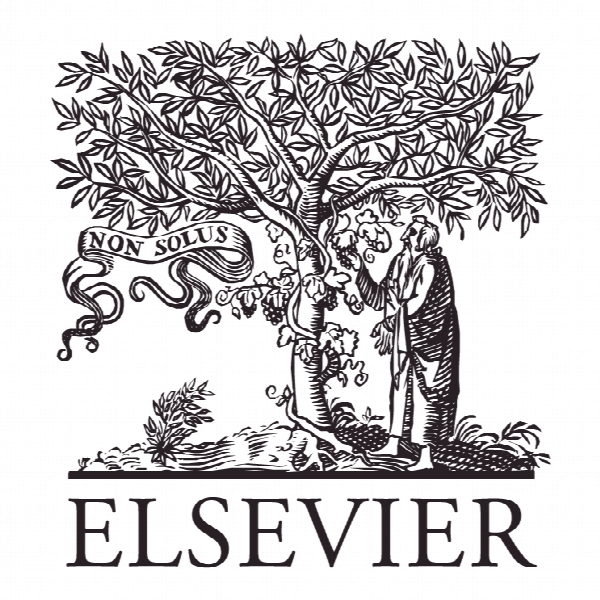آیا اصلاحات بازار گرا بهبود بهره وری تولید برق صنعت برق چین را بهبود می بخشد؟ یک تحلیل تجربی Have market-oriented reforms improved the electricity generation efficiency of China’s thermal power industry? An empirical analysis
- نوع فایل : کتاب
- زبان : انگلیسی
- ناشر : Elsevier
- چاپ و سال / کشور: 2017
توضیحات
رشته های مرتبط اقتصاد
گرایش های مرتبط اقتصاد پولی و اقتصاد مالی
مجله اصلاحات بازار گرا، صنعت برق، کارایی نسل، چین
دانشگاه North China Electric Power University, Baoding, China
نشریه نشریه الزویر
گرایش های مرتبط اقتصاد پولی و اقتصاد مالی
مجله اصلاحات بازار گرا، صنعت برق، کارایی نسل، چین
دانشگاه North China Electric Power University, Baoding, China
نشریه نشریه الزویر
Description
1. Introduction At the beginning of 2003, China implemented a programme of market-oriented reforms to the electricity industry, aimed primarily at improving the generation efficiency of thermal power plants, fueled by coal, diesel and oil [1]. On Mar. 15, 2015, the publication, by the Central Committee of the Chinese Communist Party and the State Council, of a report entitled “Further strengthening the institutional reform of electric power industry” [2], heralded a second round of market-oriented reforms to the electricity industry. The purpose of this paper is to evaluate the effect of the first round of reforms in 2003, in order to guide the current reforms. For most developing countries, adequate electricity supply is a key basis for economic development, as demonstrated by Solarin and Shahbaz [3], Hamdi et al. [4], and Wolde-Rufael [5]. Guided by this principle, the Chinese government has attached great importance to the development of its electric power industry. When the People’s Republic was founded in 1949, the electric power industry previously controlled by the old governments, private and foreign owners was nationalized. From this point forward, all electricity system assets (including generation, transmission and distribution) were state-owned, with central governments the sole investors in electricity system assets [6]. Management was “vertically integrated” [7], with the planning, investment and operation of the electricity system enterprises managed together by administrational orders [8]. This planned, “vertically integrated” electricity system was suitable for China’s socio-economic environment at that time, and had at least two other advantages. Firstly, it supported the unified planning of the country’s electric power system, which was weak in the early stages of the People’s Republic, following years of war and economic hardship. In 1949, the installed electricity generation capacity was just 1.85 GW and mainly concentrated in several large and medium-sized cities; the amount of electricity generated was only 4.3 billion kW h, 21st and 25th in the world, respectively [9,10]. There were several independent transmission networks, as opposed to a national scale grid covering the whole country. All electric power equipments were imported from different countries and adopted different technical standards. To develop an inte- * Corresponding author. grated, national electricity system, a unified development plan formulated and implemented by the central government was essential. Secondly, from a financial perspective, it was perhaps the only feasible mode at that time to rapidly develop the electric power industry. For political reasons, foreign investment was not allowed in any industrial sectors. Moreover, existing private enterprises had been transformed to public-private form in 1956, and then to state owned or collective forms in 1966 and lacked the financial resources to invest in the electric power industry. Thus the financial support allocated directed by the central government was the only feasible way for the electric power industry to obtain investment. This planned management of the electricity system successfully supported the rapid development of China’s electric power industry. In 1985, the installed electricity generation capacity had reached 87.05 GW (47 times of that in 1949) and the power generated was 410.7 billion kW h (96. times of that in 1949) [9]. The annual growth rates were as high as 11.29% and 13.50%, respectively. But, as the socioeconomic environment changed, two disadvantages of this mode were gradually exposed.


